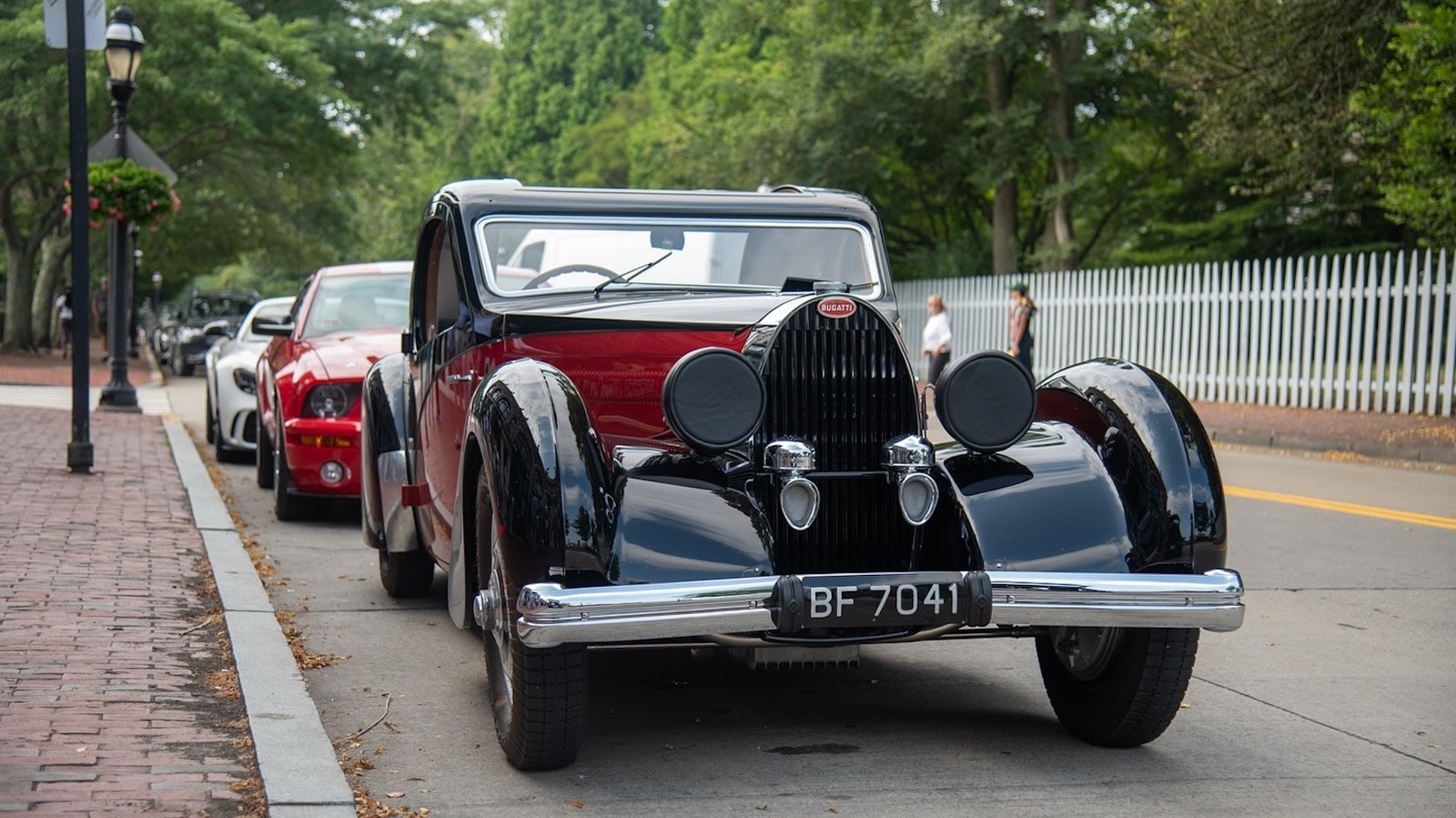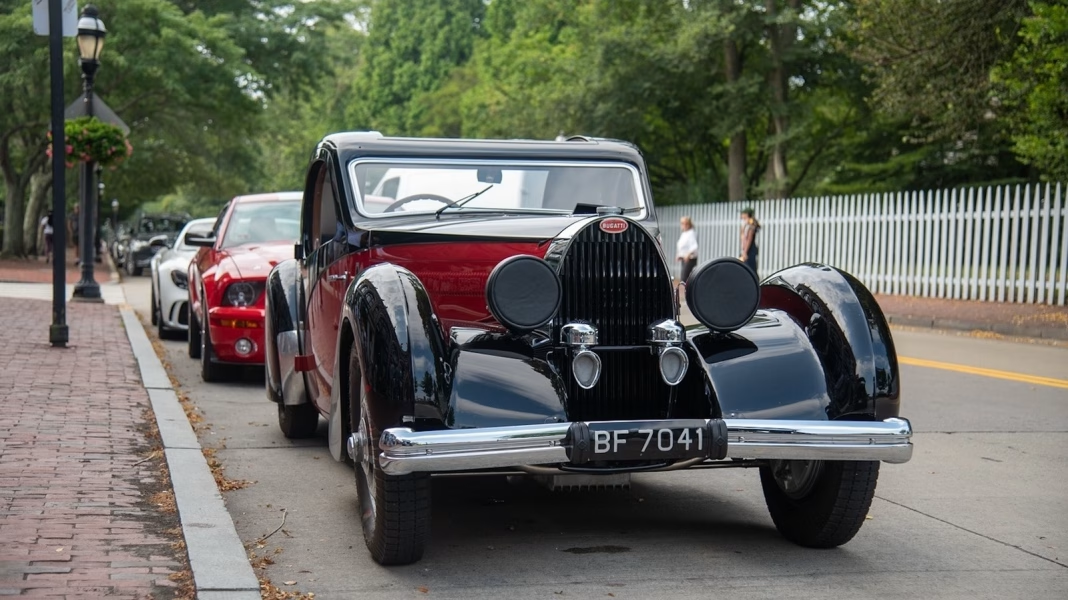Why Would Someone Drive a 1936 Bugatti Across the Country?
It’s not every day you see a 1936 Bugatti roaring down the interstate, let alone crossing the entire country. Most people would expect a car like that to be tucked away in a climate-controlled garage, maybe rolled out for the occasional car show. So why do some enthusiasts insist on putting these rare machines through their paces on real roads? According to passionate owners like Burkhard, these cars were built to be driven—not just admired from behind velvet ropes. The thrill, the challenge, and the connection to history are all part of the appeal.
What Makes Classic Cars Like the Bugatti More Than Just Museum Pieces?
There’s a certain magic in seeing a vintage Bugatti in motion. Sure, you could hang a photo on the wall or keep the car as a static display, but that’s missing the point. These vehicles were designed as rolling sculptures—functional art meant to be experienced with all the senses. When you drive a car like this, you’re not just preserving history; you’re living it. The sound of the engine, the feel of the steering, even the quirks and challenges of old technology—they all come together in a way that’s impossible to replicate in a museum setting.
How Do Owners Prepare for a Cross-Country Journey in a Pre-War Car?
Taking an 80-year-old car on a cross-country trip isn’t for the faint of heart. Owners spend months, sometimes years, preparing for the journey. Every nut and bolt gets checked. Spare parts are packed, and routes are mapped with an eye for both scenic beauty and access to help if something goes wrong. It’s not just about mechanical reliability, either. Drivers have to be ready for unpredictable weather, rough roads, and the attention that comes with piloting a piece of automotive history through modern traffic.
What Challenges Do Drivers Face on the Open Road?
Let’s be honest: driving a 1936 Bugatti isn’t like cruising in a modern sedan. There’s no air conditioning, the brakes require a firm foot, and every mile is a small adventure. Mechanical issues can pop up at any time, from overheating to electrical gremlins. And yet, that’s part of the draw. Each challenge becomes a story, a memory, and a testament to both the car’s durability and the driver’s determination. It’s not just about getting from point A to point B—it’s about the journey itself.
Why Do These Journeys Matter to the Car Community?
When a classic car like this Bugatti is seen out on the road, it inspires everyone who catches a glimpse. It reminds us that cars aren’t just objects; they’re living pieces of history. Events like the drive to Pebble Beach become rallying points for enthusiasts, sparking conversations and bringing together people from all walks of life. Even those who aren’t car buffs can appreciate the dedication and passion it takes to keep these legends rolling.
What Can We Learn from Owners Who Drive Their Classics?
There’s a lesson here that goes beyond cars. It’s about embracing risk, cherishing experiences, and refusing to let precious things gather dust. Whether it’s a vintage automobile or another passion project, the real value comes from use, not just preservation. The big takeaway? Living history isn’t about perfection—it’s about smarter adjustments. Start with one change this week, and you’ll likely spot the difference by month’s end.


